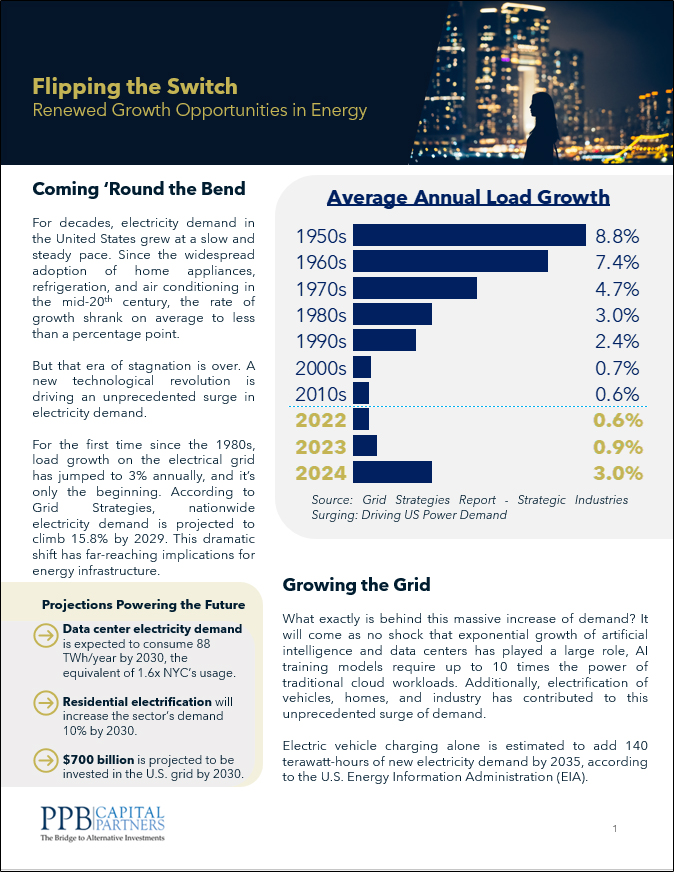
Why Mezzanine Financing Now?
March 8, 2019

Mezzanine debt sits below senior secured debt on the capital structure but above the equity tranche. As a result, one would expect the returns from this asset class to produce better than traditional fixed income, but below those of equity. According to Cliffwater, LLC, in their February 2017 U.S. Mezzanine Debt And Its Relationship to Other Credit Driven Asset Classes we discover additional context on the historical return and risk characteristics of mezzanine debt compared to other asset classes.
In their analysis, Cliffwater primarily compared twenty-year (through June 30, 2016) mezzanine returns and standard deviation numbers to buyout equity, traditional high yield, and middle market direct lending. Their findings were as follows:
• Mezzanine Debt – Using Pitchbook data on US Mezzanine Funds, the average
twenty-year return was just over 10% with volatility measured at 10.8%.
• Buyout Equity – using the Cambridge Associates US Buyout Index as a proxy, the average US buyout fund returned 13.5% on average over the twenty-year period. This was over 3.5% greater than mezzanine debt and consistent with the extra risk assumed by being lower in the capital
structure. Volatility for buyout equity was also higher at 12.9% vs. 10.8%.
• High Yield – for portfolio construction purposes, high yield debt is arguably the closest traditional asset class to mezzanine debt. As such, high yield (represented through the Barclays High Yield Index) significantly underperformed mezzanine debt with an average return of only 6.7%, over 330 basis points less than the returns of mezzanine debt. High yield was less volatile than mezzanine with a standard deviation of 9.0% vs. 10.8%.
Cliffwater argues that the higher returns from mezzanine debt are likely due to two things. First, investors needed an illiquidity premium for allocating to mezzanine debt, instead of the more liquid high yield. Second, while their credit profiles are similar, mezzanine debt is more junior in the capital structure compared to high yield and investors demanded a better return for assuming that position.
• Middle Market Direct Lending – Cliffwater used middle market direct lending to
represent the asset class just senior to mezzanine debt in the capital structure. As such, they created their own index, the Cliffwater Direct Lending Index by comparing returns for both private and public Business Development Companies (BDCs). As expected, direct lending returned less than
mezzanine debt with an average return of 8.2%. Volatility was 4.0%.
Mezzanine debt performed exactly as expected relative to buyout equity and more senior debt, with returns
right in between those two asset classes. The amount of money currently chasing senior direct lending
positions makes that asset class less appealing on a risk/return basis, driving returns lower and default risk higher. With regards to high yield, mezzanine was a significantly better performer over the past twenty years with a similar credit profile. While mezzanine debt sits below other debt holders, prudent fund managers can mitigate this risk by being more active on company boards and also taking warrant positions to further boost returns. With many other asset classes pushing near all-time highs, mezzanine debt is currently undervalued.
For more information on mezzanine financing or any alternative investment strategy, please contact me.
Sincerely,
Frank Burke, CFA, CAIA
Chief Investment Strategist, PPB Capital Partners
484.278.4017 Ext. 108



